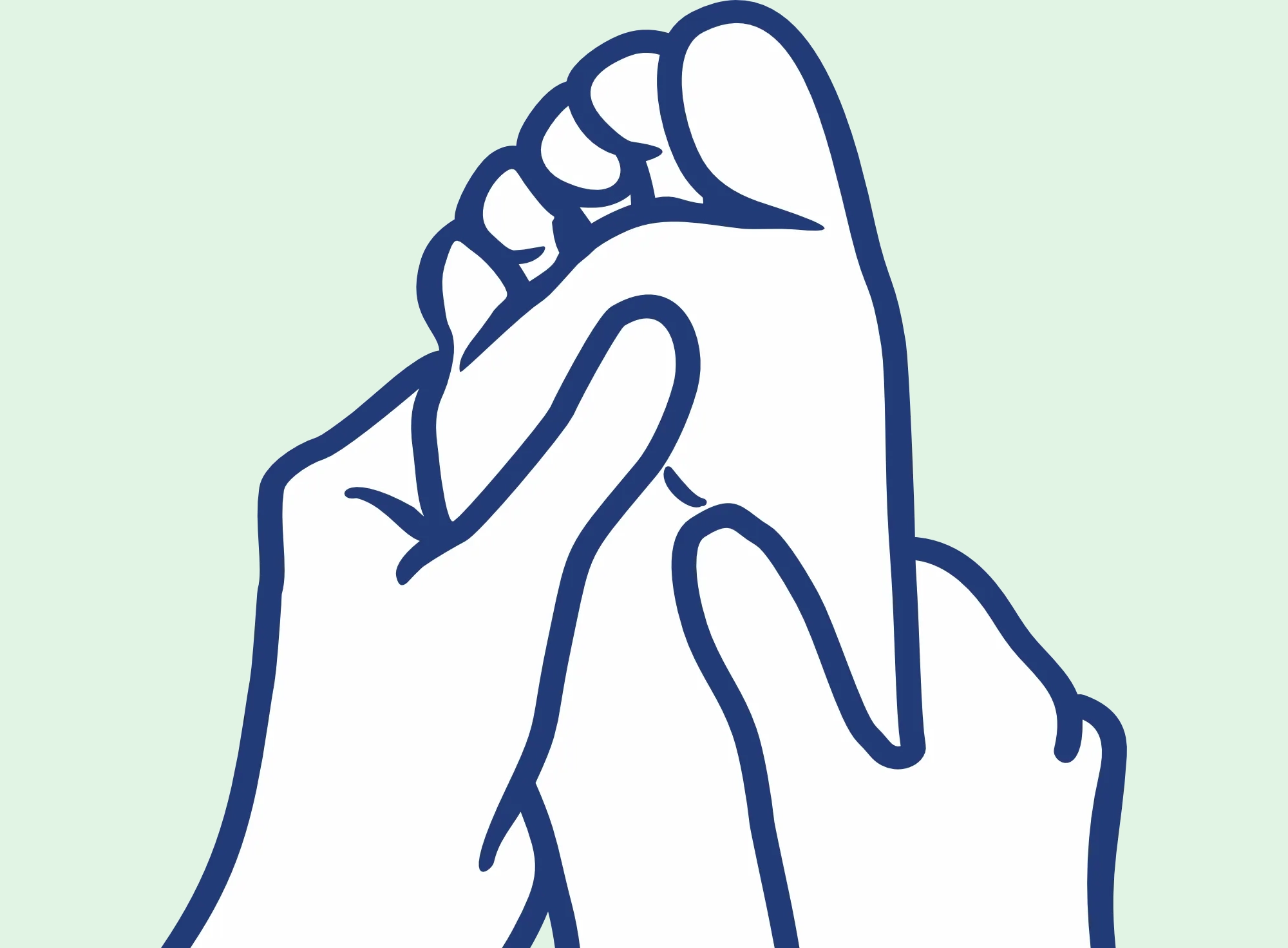To provide services at the highest level, we use cookies. Using the website requires you to choose settings related to their storage on your device. If you want to know what each type of cookie is used for, click the Details button below.
Does reflexology really work...?22 sierpnia 2021 |

Reflexology is a complementary therapy that involves stimulating specific points on the feet, hands, or ears. These points, called reflex points, are believed to be connected to different organs and systems of the body. Stimulation of these points is thought to improve the flow of energy, which can contribute to better health and well-being.
Reflexology is used to relieve a variety of ailments, such as stress, headaches, digestive problems, and insomnia. It can also promote relaxation and improve mood. Some people use it as a complement to other treatments to support overall health.
A reflexology session typically lasts 30 to 60 minutes. The patient lies or sits in a comfortable position, and the therapist focuses on massaging and pressing specific points on the feet, hands, or ears. Each point is stimulated individually, depending on the patient's needs and health condition.
The effectiveness of reflexology is a matter of debate in the medical community. While many patients report feeling better after treatment, there is a lack of strong scientific evidence to support its effectiveness in treating specific conditions. However, some studies suggest that reflexology may be helpful in reducing stress and improving quality of life.
The effects of reflexology can vary depending on the individual's characteristics and the type and intensity of the symptoms. Some people feel improvement immediately, while others may need several sessions to notice a change. Regular reflexology sessions are recommended to achieve and maintain optimal results.